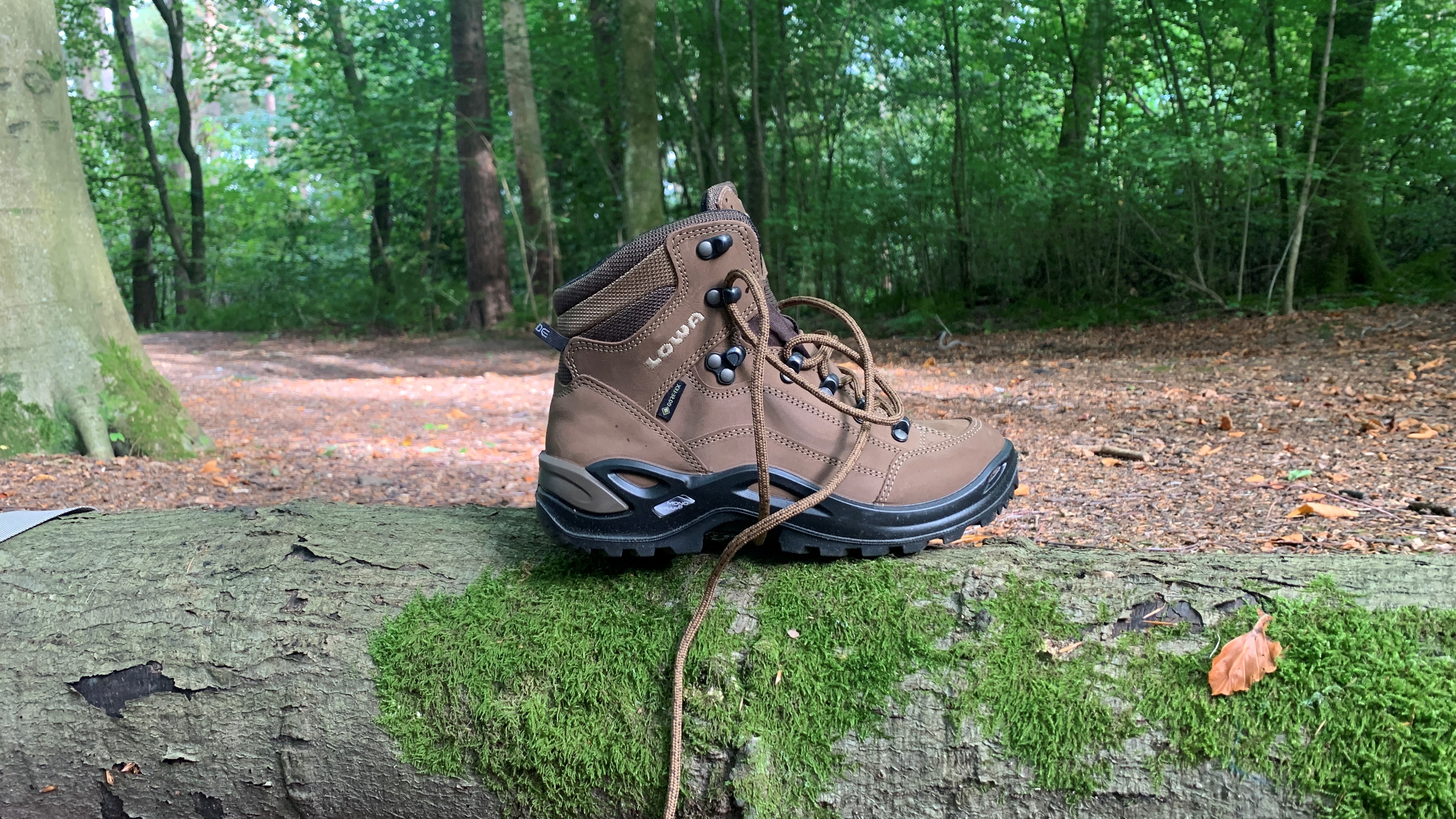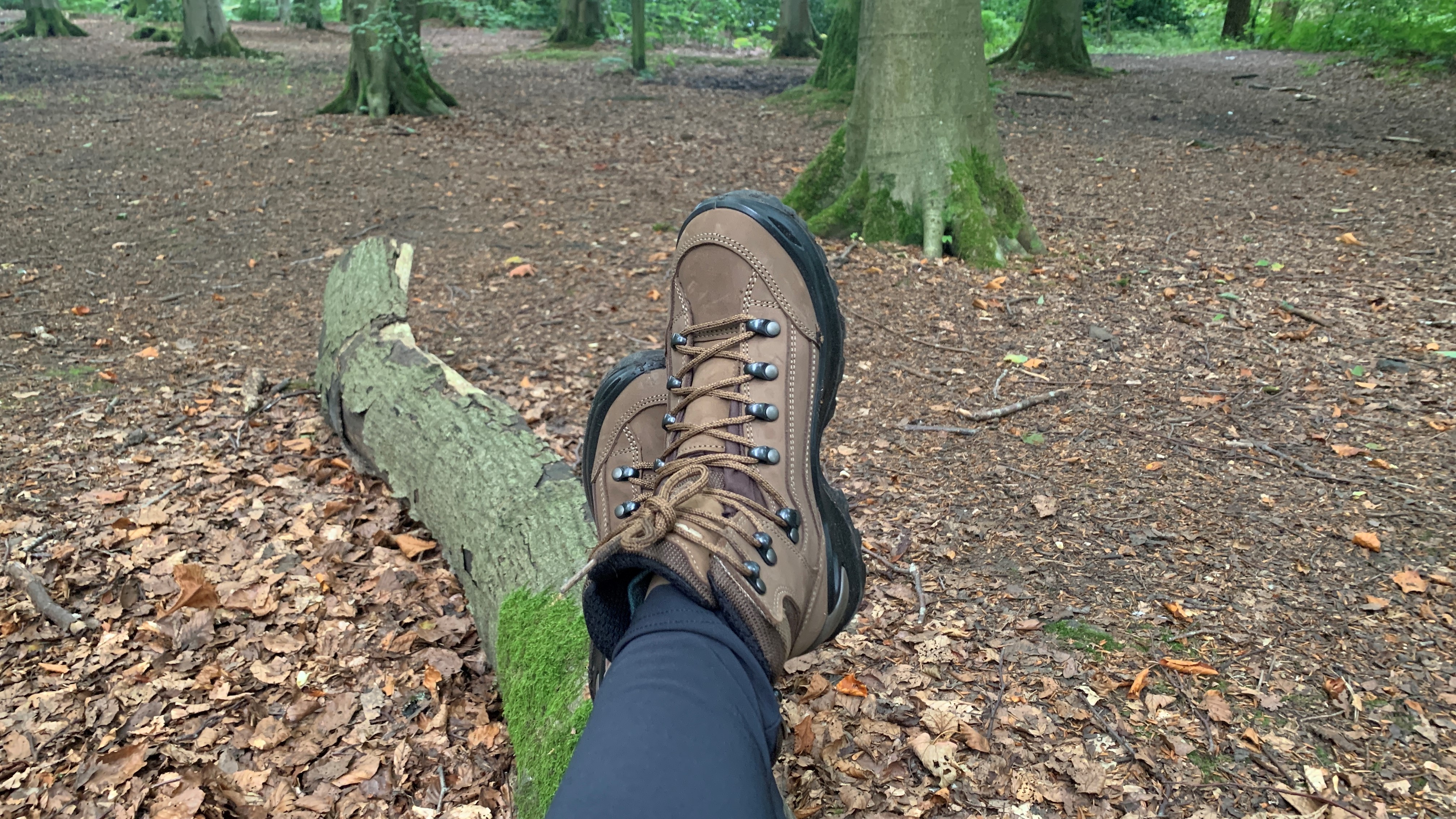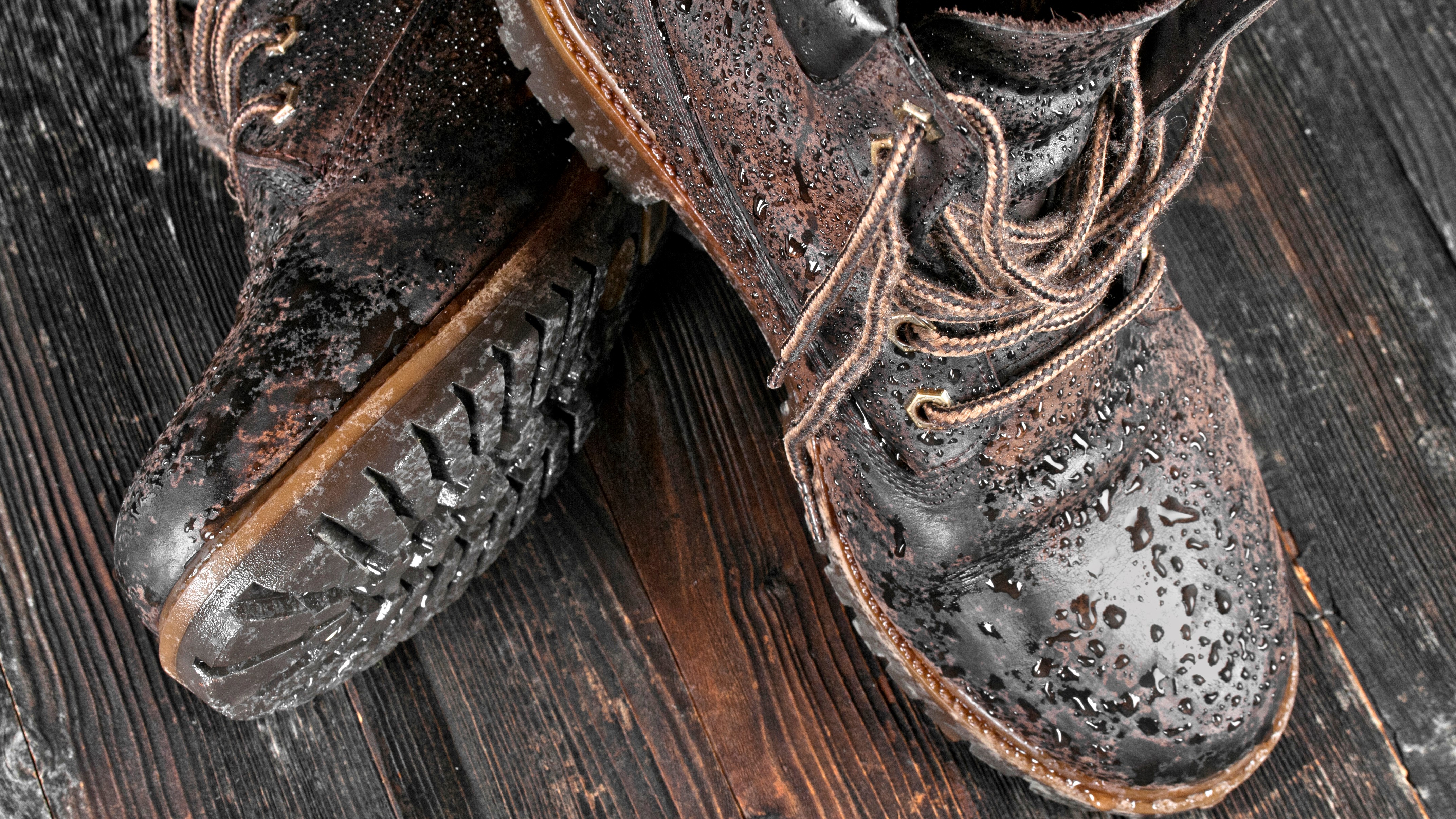What is nubuck leather?
Nubuck leather hiking boots are definitely gorgeous to look at in the shop window and they feel great to the touch, but are they technical and high performing on the trail?

If you’re choosing a pair of hiking boots, you’ll be used to a mind-boggling array of options: low, medium and high rise boots are everywhere, then there’s the question of waterproof boots versus non waterproof versions and whether you want to save on synthetic fabrics or spend more for some high quality boots made from leather or nubuck. But what is nubuck leather anyway? Nubuck leather boots like Hanwag Banks hiking boots are definitely gorgeous to look at in the shop window and they feel great to the touch, but are they technical and high performing on the trail to boot? We take a closer look at how nubuck leather is made and the pros and cons of this common fabric in footwear.

What is nubuck leather?
Nubuck leather is a type of leather used in hiking boots, bags, wallets and jackets that is typically made from calfskin nowadays and has a similar appearance and feel to suede. However, whereas suede is made using the inner layer or underside of the skin, giving it its soft feel and appearance, Nubuck leather is made using the outer layer, also called the top grain. Since the top grain is more likely to have visible imperfections, it is sanded to make nubuck leather, which buffs away those visible marks and gives it a more velvety texture, then it is dyed.
Nubuck leather therefore has a softer look and feel not unlike suede, but is naturally tougher and more durable than suede, making it better for hiking boots that see some hard wearing on the trail, according to James King of the boot company Lowa, which uses nubuck in a number of their models such as the Lowa Renegade GTX.

What’s the difference between Nubuck and leather?
Nubuck is a type of leather, but where it just uses the outer layer of the animal hide and has been buffed, full grain leather uses the entire hide and is not sanded. The sanding process does weaken the structure of nubuck, so in comparison, full-grain leather will be sturdier. However, nubuck as a result is more pliable than full grain leather, which can have its advantages when it comes to hiking boots.
"Nubuck is more malleable than a full-grain leather, meaning a boot can fit and feel much more comfortable, while still retaining its suppleness as well," explains King.
It also has a different aesthetic – whereas nubuck has that almost velvety quality, full-grain leather has the classic smooth surface you associate with leather products. However, because it isn’t sanded, it will also show any of those visible imperfections from the skin of the animal it was made from. Consequently, while each item in a line of nubuck leather products may appear identical, each one made from full grain leather will be unique.
The price of hiking boots varies a lot according to who makes them, their quality and technology and we’ve found a lot of Nubuck leather boots that are comparable to full-grain pricewise. However, amongst those we’ve tested in the field that are made by the same brand, the Danner Arctic 600 made using nubuck are nearly half the price of the full grain Danner Mountain Pass, so in some instances nubuck hiking boots may be cheaper, but you can’t necessarily count on this. It's worth noting that made boots made using nubuck also blend it with panels made from suede and synthetic fabric to lower the cost, whereas a classic full grain leather boot usually doesn't.
All the latest inspiration, tips and guides to help you plan your next Advnture!

Is Nubuck leather waterproof?
When you’re buying a pair of hiking boots, whether or not to buy waterproof is always in question. If you’re going to be hiking in very wet conditions frequently, you may be shopping for waterproof hiking boots and aware that the waterproofing qualities of synthetic-based boots also means they’re not as breathable, which is obviously a problem for hikers looking to prevent blisters. Leather hiking boots provide a great alternative, because while leather is animal skin and therefore naturally porous and breathable, it is also quite water resistant, especially if you take care of your leather hiking boots with wax.
"Nubuck leather is more resilient than suede leather, providing an increased level of water resistance, and greater protection from bumps and scrapes," says King.
The sanding process that makes nubuck leather so soft and consistent-looking does weaken the fibers somewhat, and make it less water resistant than full grain leather, however, so unless you’re just out in a light mist or splashing through the odd puddle, you’ll want to know how to waterproof your hiking boots.

How to clean Nubuck leather
Another advantage of nubuck, according to King, is that it's an easy leather to look after.
"Giving the leather a rinse off after each walk, and treating it regularly with a good aftercare product should ensure the Nubuck stay’s supple and comfortable for all your adventures."
When you’re buying a pair of hiking boots made from nubuck leather, it’s a good idea to pick up a nubuck sponge, some nubuck foaming cleaner and nubuck waterproofing spray at the same time, then follow these steps for routine maintenance and to keep your boots performing well and looking good:
- To remove light dirt, use the dry sponge to wipe it away using gentle motions.
- To clean, apply the foaming cleaner in gentle, circular motions according to the direction on the bottle, then leave to dry. When your boots are dry, use your sponge to brush the fibers in the same direction. Consider using a nubuck eraser for any stubborn marks.
- When your boots are dry, apply nubuck waterproofing spray before you hit the trail again.
Julia Clarke is a staff writer for Advnture.com and the author of the book Restorative Yoga for Beginners. She loves to explore mountains on foot, bike, skis and belay and then recover on the the yoga mat. Julia graduated with a degree in journalism in 2004 and spent eight years working as a radio presenter in Kansas City, Vermont, Boston and New York City before discovering the joys of the Rocky Mountains. She then detoured west to Colorado and enjoyed 11 years teaching yoga in Vail before returning to her hometown of Glasgow, Scotland in 2020 to focus on family and writing.

